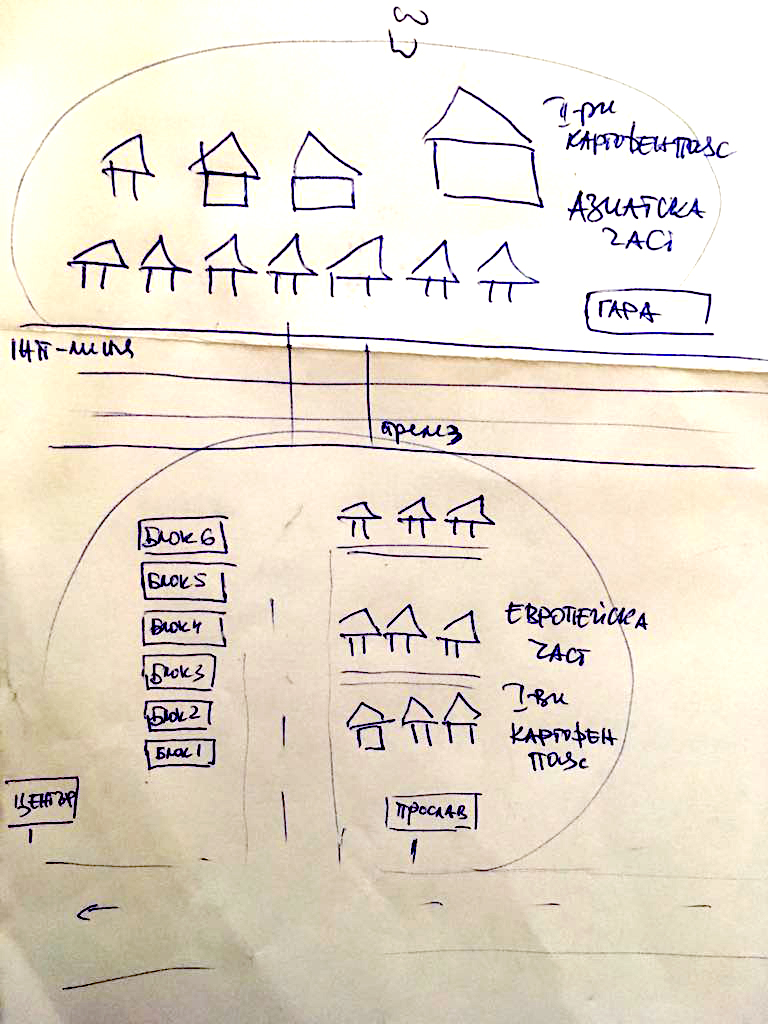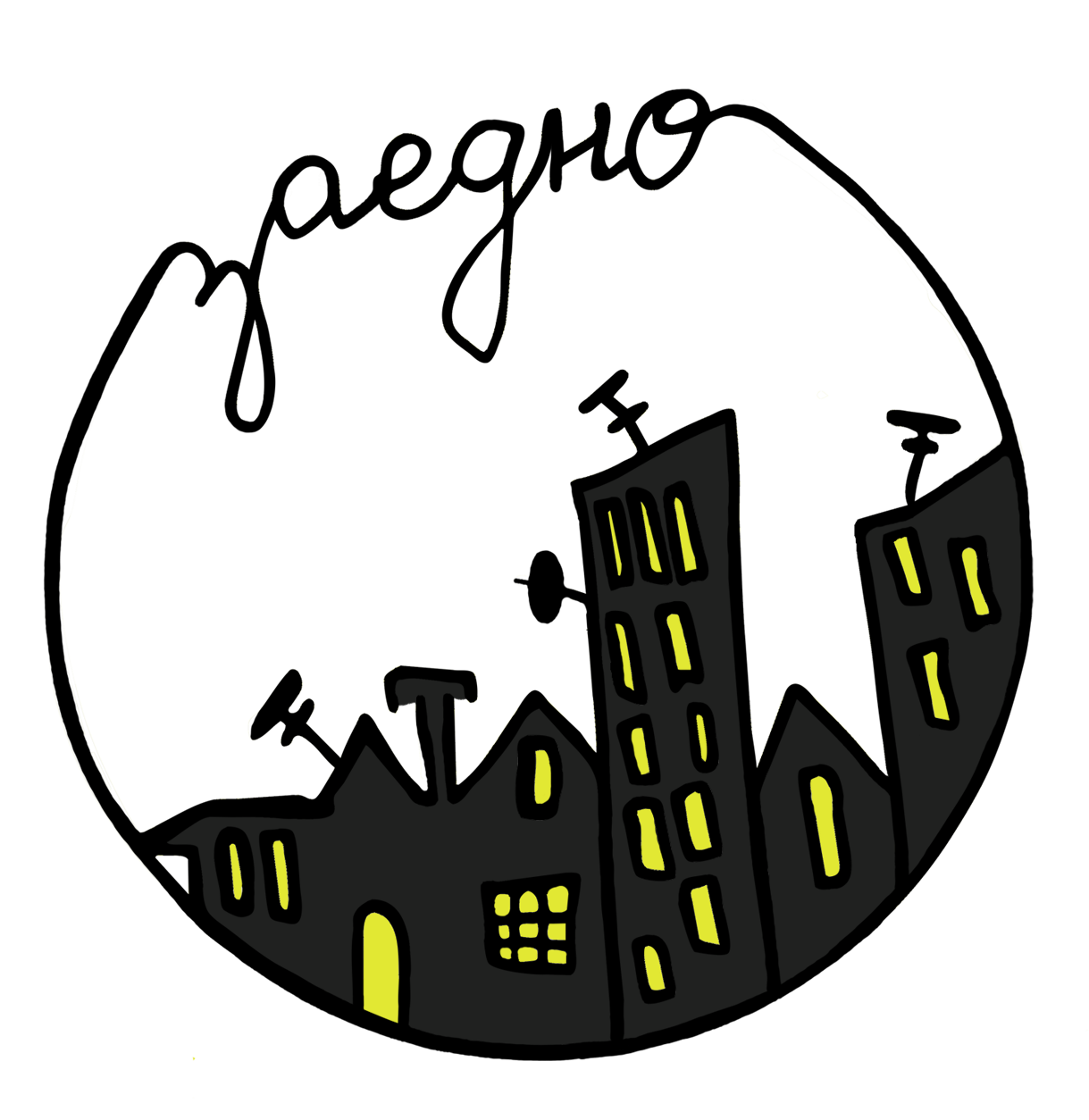The Potato Belts in Prosla
I grew up in Proslav, one of the suburbs of Plovdiv, a former village by the name of Michkiur, which explains why there were predominantly houses with courtyards there.
The residential area is surrounded by agricultural fields.
Quite a few of the residents did not think of it as urban. At the bus stop you would normally get asked, “Are you going to town?” It used to annoy me immensely this question. In my outrage I would have this inner monologue, “What do you mean ‘are you going to town?’ – we are in town!” A specificity of the place is the railway from Sofia to Burgas that divides the quarter into two. The railway was used as a marker to explain to new acquaintances who lived where. The variations were “on this side of the railway” and “across the railway”. My family lived at the very beginning of the quarter. At the entrance to Proslav, as it were, six five-storey blocks of flats were built in the late 1970s. My parents bought a flat in one of those. These blocks of flats and the railway were part of a different regional system invented and used by the children. The fact that there were blocks of flats and the fact that we were closer to town made the “on this side of the railway” more elitist to our minds. Thus we, children, thought of it as the European part (before the railway) and the Asiatic part of Proslav (across the railway). In other words, the area with the more rural atmosphere was considered the less prestigious part of the quarter. Another more ironic distinction was based on the so called potato belts. It was a pun that played upon the geographical belt regions and the agricultural character of the area and the surrounding fields. There were two potato belts to be distinguished: the first one coincided with the European part of the quarter, while the second one was identified with the Asiatic part.
Author: E.S.

